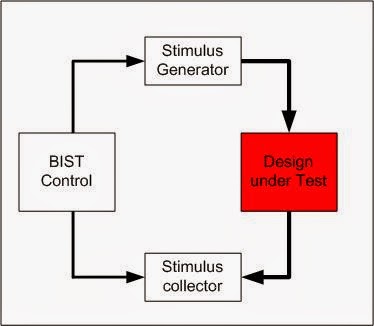Here is the blog site map. Feel free to post your feedback to improve it further.
Insta Link to follow - MY Insta Prpfile - Follow me for more updates
CONTENTS
1.Introduction :
1.1 Career Growth in VLSI Industry
1.2 The Future of Semiconductor
2. VLSI Topics
2.1 Semiconductor Job Portal - Intern & freshers
2.2 Digital Design for Beginners and Professionals
2.3 Career Growth in VLSI Industry
2.4 The Future of Semiconductor
2,7 List of Semiconductor Companies
2.10 Engineering Basics
2.13 The best top 20 universities for MS in Digital VLSI in USA
2.14 Solution: Verilog HDL A guide to Digital Design and Synthesis - Samir Palnitkar
3. Digital Design:
3.1 Low Power Design Technique
3.7 UPF Example
3.10 Lockup Latches
3.13 Digital PLL
3.14 Complex Number
3.15 DLL and PLL
3.17 What is MTBF ?
3.18 One's Complement
3.19 Two's Complement
3.21 Running Disparity
3.23 Type of Adders with Verilog Code
3.24 VHDL operator
4.4 SPI
6. RTL Design Code
6.1 Verilog Projects
6.18 Verilog code for Synchronous FIFO ( First In First Out )
6.19 SPI Controller
6.20 CRC Generator
7. Clock Domain Crossing (CDC)
8. RTL Lint
10. Synthesis
11. Integrated-Circuit Fabrication
12. AHB-AXI Protocol
13. PCIe Protocol
13.3 8b10encoder/decoder
13.4 Running Disparity
14. Solution :Samir Palnitkar : A Guide to Digital Design and Synthesis
15. Place holder5
16. DAA
17. Scripting/Others
17.3 GVIM Help
18. Interview Preparation
19. Academic/ Educational Projects with Micro-Architecture and Verilog code
19.4 Microwire IP
20. Verification
21. Physical Design
21.3 FILLER CELLS
22. General Question:
22B.1 Quiz1 : Digital Design
23. Non-VLSI Topics:
23.1 Worst Hiring Stories
24. Salary Around the Globe
24.1 Norway Salary - Average salary for Senior Software Engineer in Norway with 10+ years experience?
24.2 Sweden Salary - An Average salary in Sweden for IT professional
25. Job Opportunities in Norway
25.1 Norway Salary - Average salary for Senior Software Engineer in Norway with 10+ years experience?
26. Finland Opportunities in IT Sector
27. Funny Posts ( non technical )
27.1 40+ Photos That Evoke a Lot of Curious Questions and Can’t Be Explained

